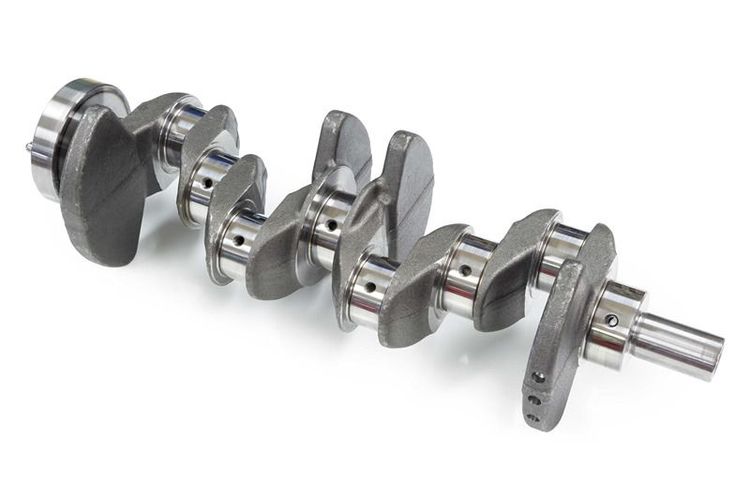We know how important crankshafts are for car engines. They endure a lot of stress when the engine is running. The materials and methods used to make them depend on the engine type and the specific design of the crankshaft. Using strong materials is crucial to ensure they last a long time. Usually, steel crankshafts are made by shaping them under high pressure (forging), while those made from cast iron are created by pouring molten metal into a mould (casting).
Heat treatment is crucial in engineering, especially when applied to a specific section of a crankshaft. While we can check the surface characteristics of the treated journal and potentially achieve the desired condition, we can't be sure about the impact on the inside areas of the crankshaft, and we can't measure it. Exposing the crankshaft to localised heat treatment will result in certain parts undergoing heat treatment with unknown effects. This is because heat can transfer through the material or cause phase changes from ferrite/pearlite to martensite or other desired phases.
A steel component's hardening, tempering, or heat treatment involves several steps. These steps alter the material's microstructure and phase changes by exposing the steel to high temperatures, followed by special cooling techniques. Due to its inherent risks, precision and expertise are crucial in executing this process.
Advancements in materials
- High-strength steels: new steels with tensile strengths up to 950 MPa are becoming more common, and steels with strengths of 1,000 MPa are expected in the future.
- New cast steels: a new type of cast steel called grade 5 is used for crankshaft parts. Its strength is like forged steel, making it a better choice for crankshafts, which usually aren't made from cast steel due to minor internal flaws.






 +91 7208055523
+91 7208055523
 Help & support
Help & support
